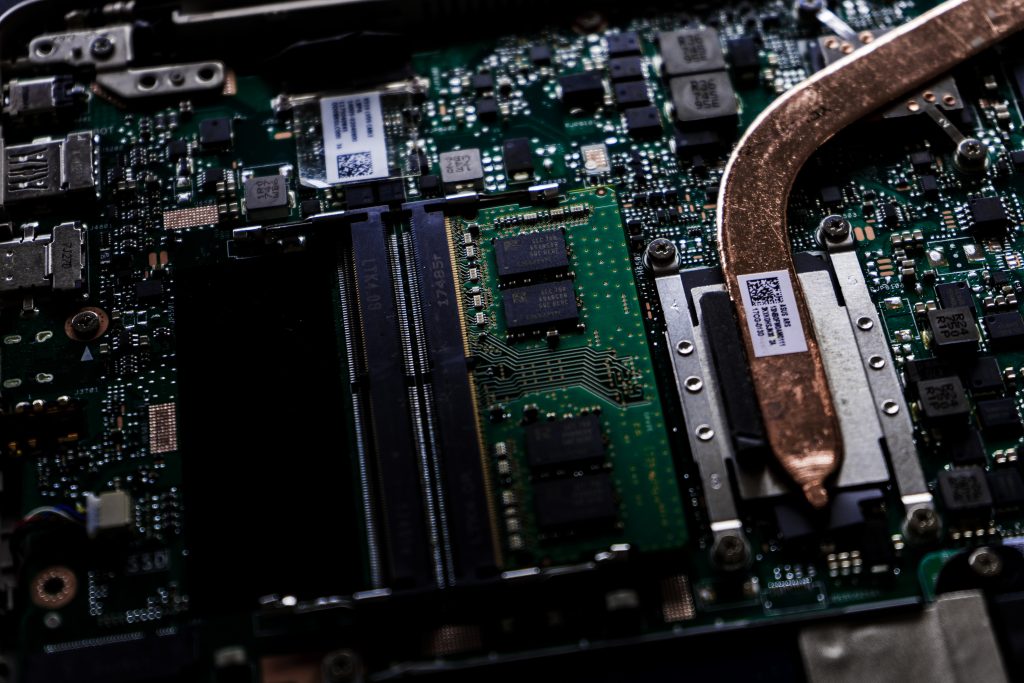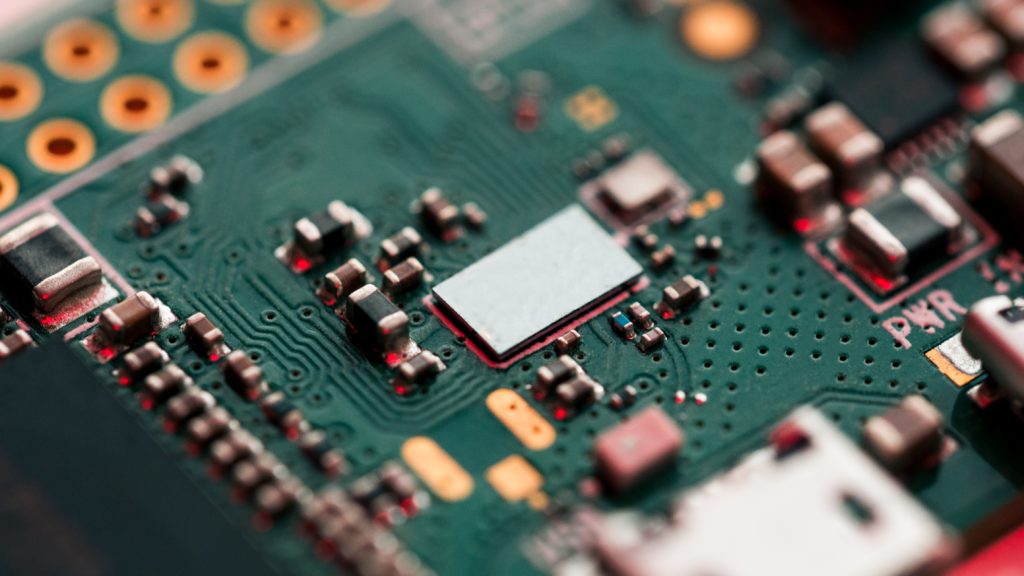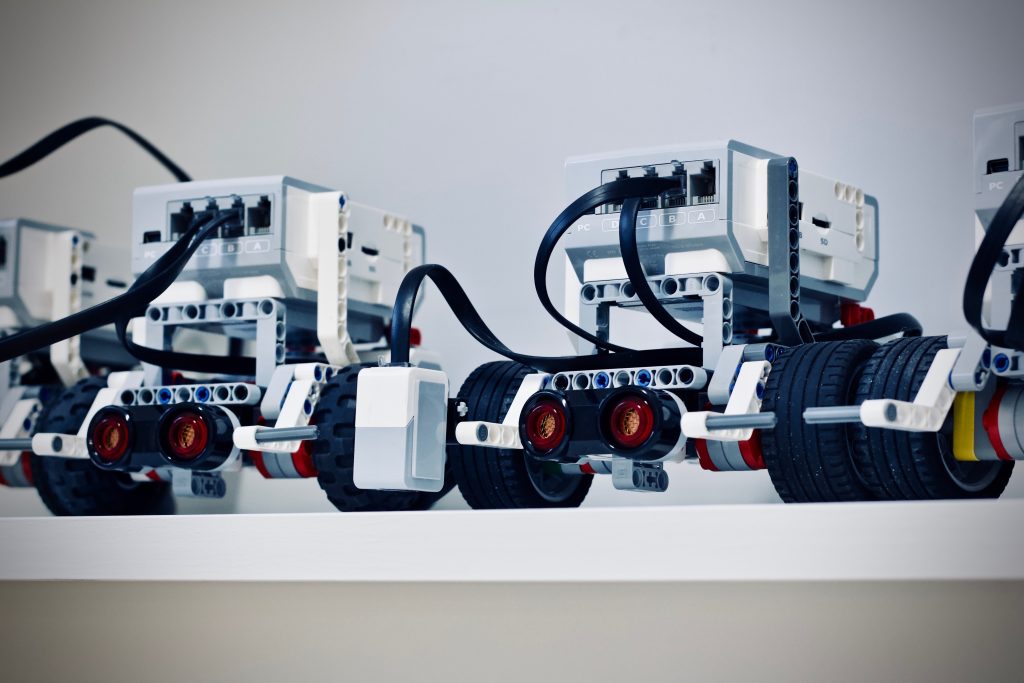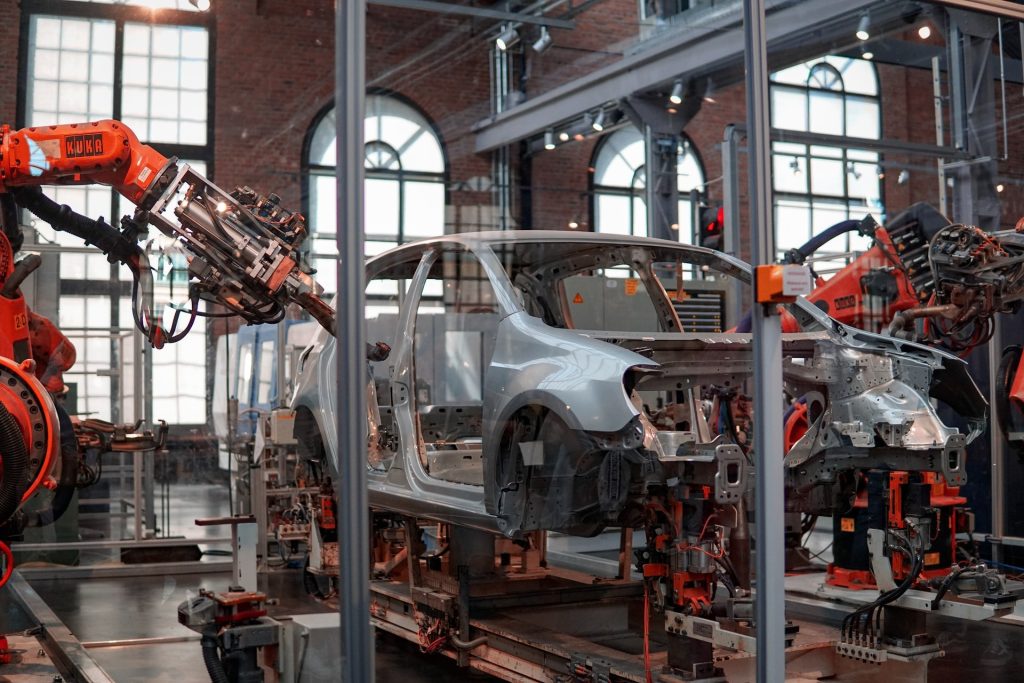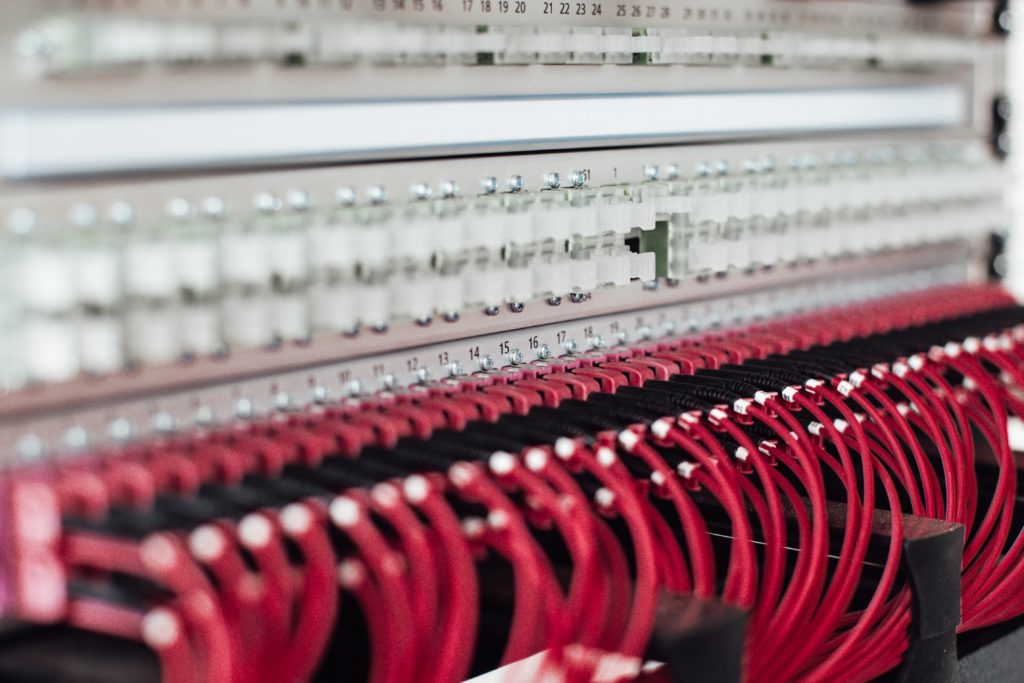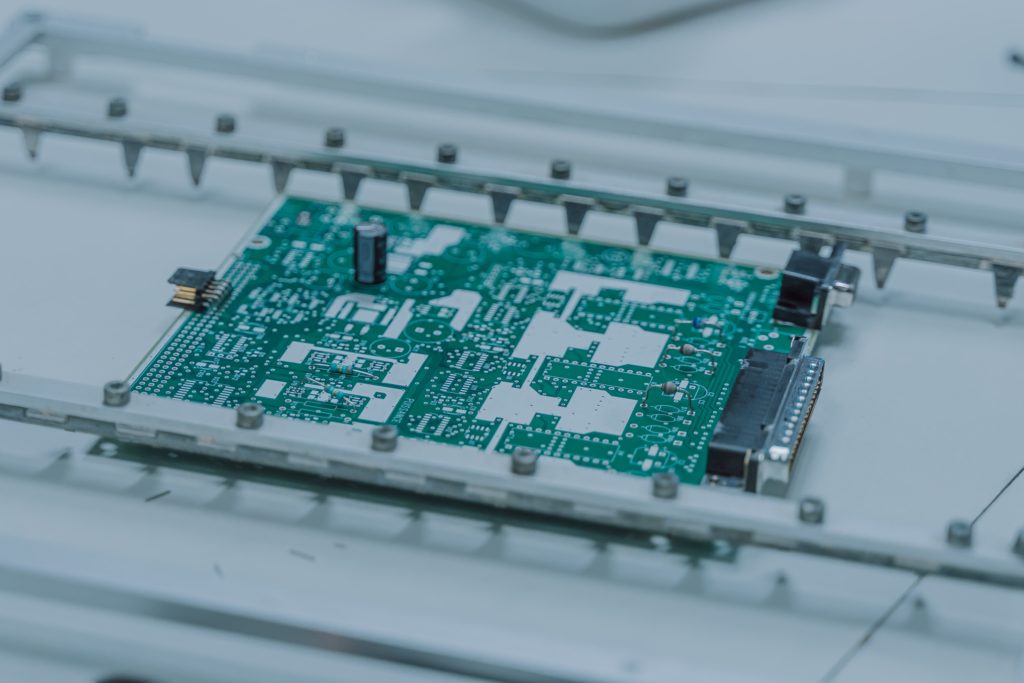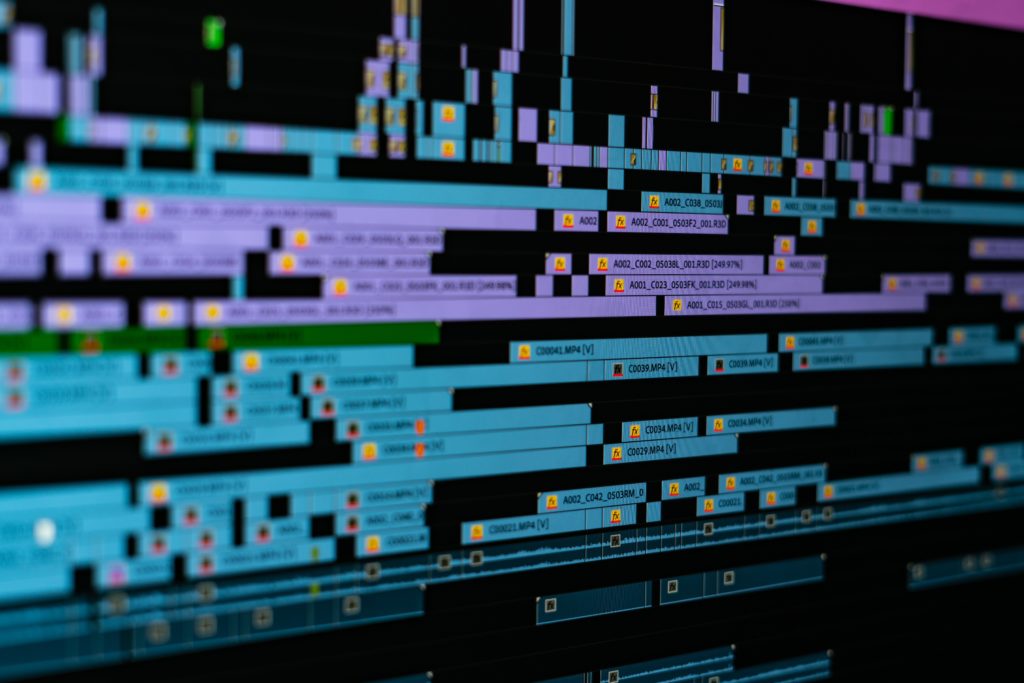Photo by Artiom Vallat on Unsplash
In computer architecture, computing (compute), memory, and interconnect are the three main components of a computer system and are thus critical in CPU, GPU, and XPU design. These three pillars determine the speed and efficiency of the system. The faster these three blocks are, the faster the system can run programs and perform tasks.
There has been a trend toward developing faster computer architecture in recent years and mainly driven by the increasing demand for more powerful computer systems. A speedier system helps improve the computer system’s performance by allowing them to transfer data more quickly between the different components of the system.
Three Pillars:
Compute: The compute refers to the central processing unit (CPU), the computer’s brain. The CPU performs all the calculations and operations required to run a computer program.
Memory: Memory refers to the storage of data and instructions used by the CPU. Memory types: primary memory and secondary memory. Primary memory is located on the motherboard and is used to store the data and instructions currently being used by the CPU. Secondary memory is located on storage devices such as hard and solid-state drives and is used to store data and instructions not presently used by the CPU.
Interconnect: Interconnect refers to buses and wires connecting a computer system’s CPU, memory, and other components. The interconnect allows the CPU to communicate with memory and other members and is responsible for transferring data and instructions between the different parts of the computer system.
To achieve this goal, feature balance of compute, memory, and interconnect is a must-have.
Compute blocks have already expanded into different types of architectures. They range from CPU, GPU, and NPU to more ASICs. Memory has kept the pace, but less at the cache level, and thus hinders many applications from fully utilizing the architecture. The interconnect on the other end is still bottleneck driven. Even the elegant architecture with multiple processing elements is impacted by these.
Even though a lot of effort has gone into bringing harmony across these three XPU blocks, there still seems to be no end to the pursuit of achieving the desired goal, which is also evident from the fact that several AI-focused companies are going in-house to develop there own silicon chips that can drive the future workloads.
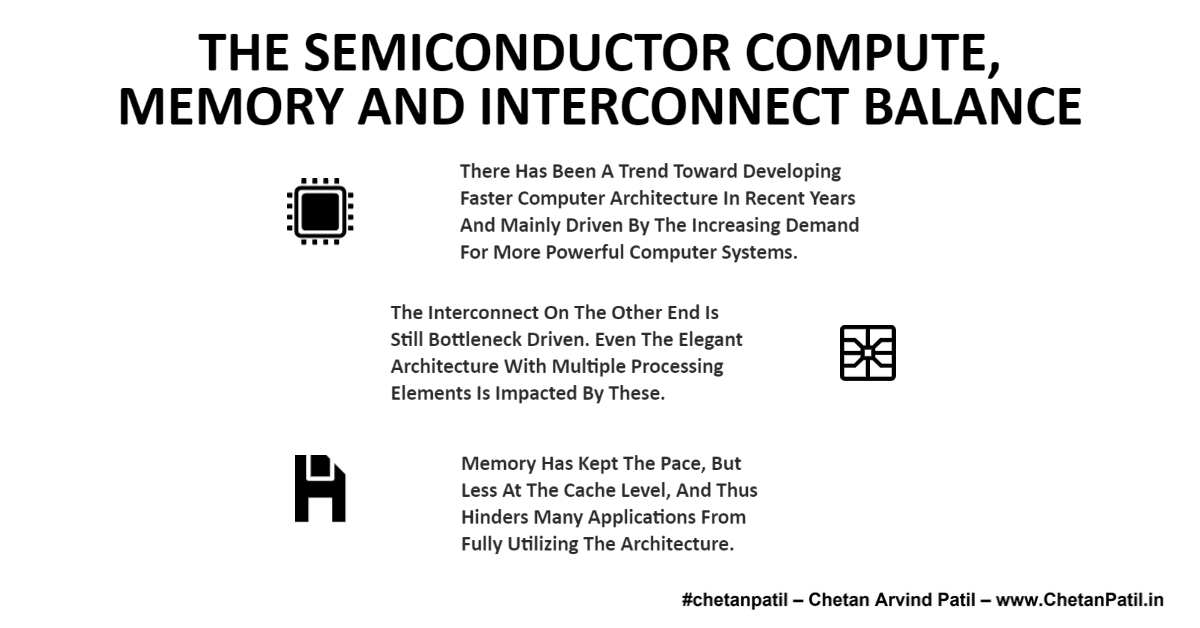
One of the fundamental reasons that general-purpose computing systems need to catch up is the ever-changing workload. In the past, most workloads were general-purpose applications such as word processing, spreadsheets, and web browsing. They required significantly less computing. However, in recent years, there has been a shift towards more specialized workloads such as artificial intelligence (AI), machine learning (ML), and data analytics.
These specialized workloads place different demands on a computer system’s computing, memory, and interconnect components. For example, AI and ML workloads require a large amount of computing power, while data analytics workloads require a large amount of memory.
The changing workload is forcing CPU, GPU, and XPU designers to rethink how they design these systems. Designers are now looking for ways to improve the performance of these systems for specialized workloads.
One way designers improve CPU, GPU, and XPU performance for specialized workloads is by using heterogeneous computing. Heterogeneous computing is a technique that uses multiple types of processors to perform a task. For example, a system might use a CPU for general-purpose tasks and a GPU for AI and ML tasks.
Another way designers improve CPU, GPU, and XPU performance for specialized workloads is by using specialized hardware. Specialized hardware is hardware that is designed specifically for a particular task. For example, there are specialized hardware accelerators for AI and ML tasks.
Whichever way the computer architect will go. There is no end to the continuous focus to bring the perfect balance across computing, memory, and interconnecting. The research and development activities around these blocks will always continue to find the flawless balance of the three critical pillars of any XPU system.
